Unlock the Editor’s Digest for free
Roula Khalaf, Editor of the FT, selects her favourite stories in this weekly newsletter.
Wealth in Japan has long been hidden in plain sight. What better place to hide wealth than by deploying it in the intensely private garden space? The meticulously fashioned Japanese garden requires significant resources to create — redirecting water sources, carving out artificial ponds, selecting and “setting” rare stones of symbolic value — and, once established, needs long-term commitment and vast expense to maintain in perpetuity. The life of the garden is longer than ours.
Popularly recognised as one of Japan’s three greatest gardens, Kenrokuen in Kanazawa took 200 years to create. It was set out by the Maeda family, daimyo feudal lords who ruled the Kaga domain, second only in power to the Tokugawa shoguns. Begun in 1620, Kenrokuen (Garden of the Six Sublimities) is attached not to some grand architecture but to a traditional villa modestly constructed primarily from wood, adobe and paper.
Its name refers to the six attributes that, according to ancient Chinese landscape theory, are required to create a garden of perfection: spaciousness, seclusion, artificiality, antiquity, abundant water and magnificent views. Kenrokuen consists of 8,750 meticulously pruned trees, including a Karasaki pine that leans far out over the pond.
Since ancient times, wealthy patrons have utilised their gardens as places to discreetly show off their wealth, patronising a legion of artisans involved in their making and maintenance. Beyond the hefty expense of garden-making, wealth is used as a doorway into a refined, sophisticated and deeply cultured way of being. The garden’s true value is as proof of more than material wealth in its engagement with culture and flourishing legacy.
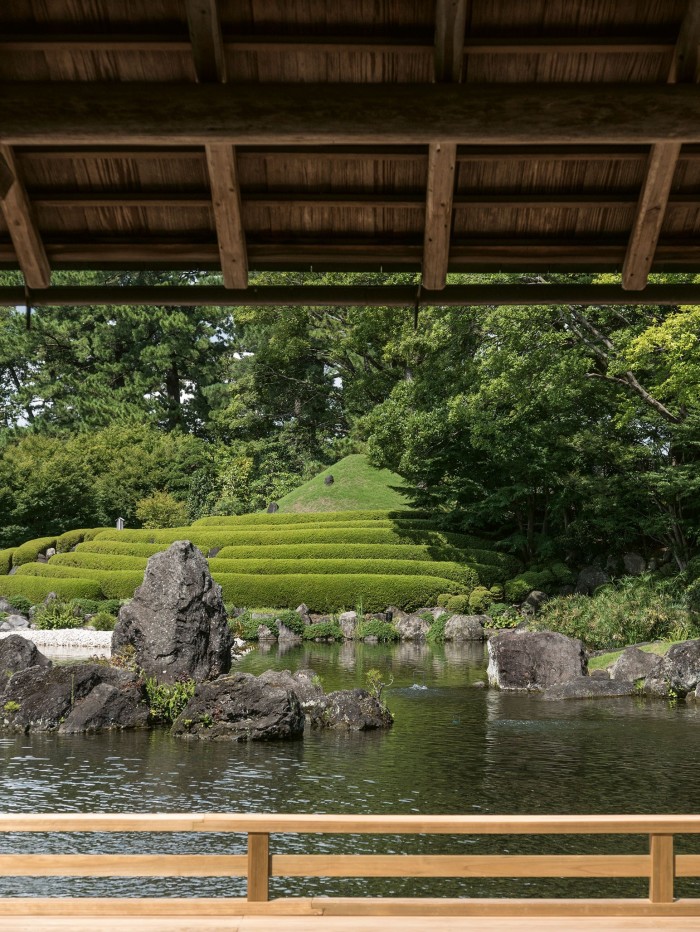
As a creative practice, the garden is the art above all others that is able to draw together a wide range of cultural forms. Its conception refers to literature, poetry, painting, religion. Its design includes allusions to temple, domestic and pavilion architecture, including the tea house and the sophisticated tea ceremony, where scroll paintings and craft objects (including ikebana flower arrangements) are exhibited for appreciation.
During the ancient Nara (AD710-794) and Heian (AD794-1185) periods, the elite established the garden as a forum to explore — and prove — their sophisticated appreciation of the “poetry of things”. This is embodied in refined aesthetic language, not least yugen (mystery) and wabi sabi, which seeks to recognise beauty in imperfection and to sensitise the viewer towards the impermanent and the ephemeral. Patrons commissioned pond gardens according to ancient Chinese scholarly texts and referred to the great paintings and artistic traditions of China — proof of the patron’s wide-reaching knowledge and aspiration to align with literati and enlightened figures.
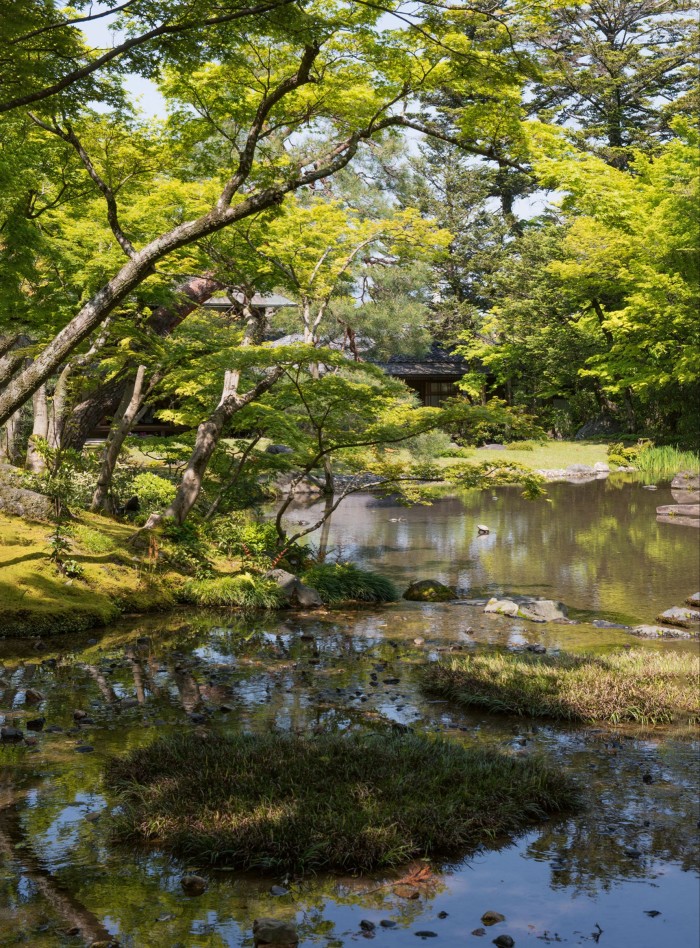
In the garden, they hosted gatherings to admire a single flower, or to enjoy boating across a pond while composing waka-form poetry that often centred on the metaphorical value of the ever-changing natural world, directly experienced in the garden. These poems are filled with perceptive and personal sentiments that connect the garden and poetry to universal sentimental insights. An example from the “Man’yoshu” (“Ten Thousand Leaves”) anthology of poetry compiled in AD759 reads: “On the desolate stony shore/Of the garden lake, where he once walked,/There grows alas weeds,/That grew not there before.”
The Japanese tradition of garden patronage among the wealthy continues today. Billionaire Yusaku Maezawa, who made his money from the sale of his online retail platform Zozotown, spent seven years restoring the 1890s sukiya-style rustic building at Chisui-an, the Kyoto home he purchased in 2018. There he recreated a perfectionist garden, which seems to sit boundaryless within a rural landscape, replanting lost trees and restoring the stone shore edging of the pond.
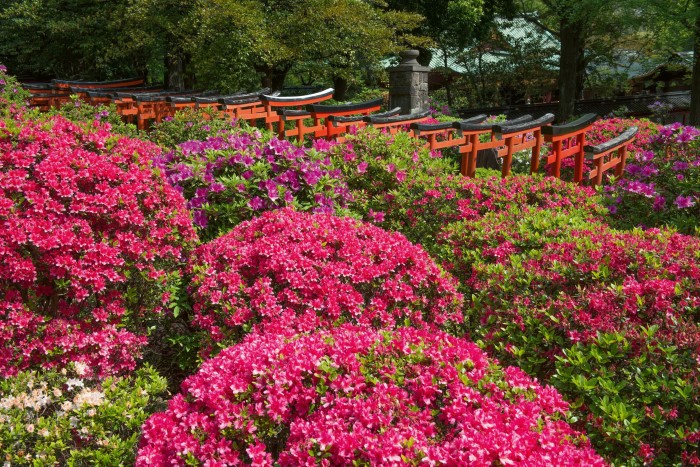
Talking fondly of the renovation experience, he has said: “I learnt a lot. I wanted to break away from tradition while still keeping it in mind. I listened to the advice of designers and landscape architects, but ultimately, I trusted my own aesthetic sense to make my decisions and give instructions. I am very particular about the details.”
While his garden may feel secluded because of its clever use of design, Maezawa isn’t alone. Directly across the road in this quiet area of Kyoto, close to Nanzen-ji, an important Zen temple, is Oracle billionaire Larry Ellison, who owns Kayuso Villa. And around the corner is the garden of the villa of Tairyusansou by Jihei Ogawa, Japan’s turn-of-the-century “master gardener”. These private properties are part of a constellation of garden villas built in the Nanzen-ji area by Japan’s elite from the late 1800s.
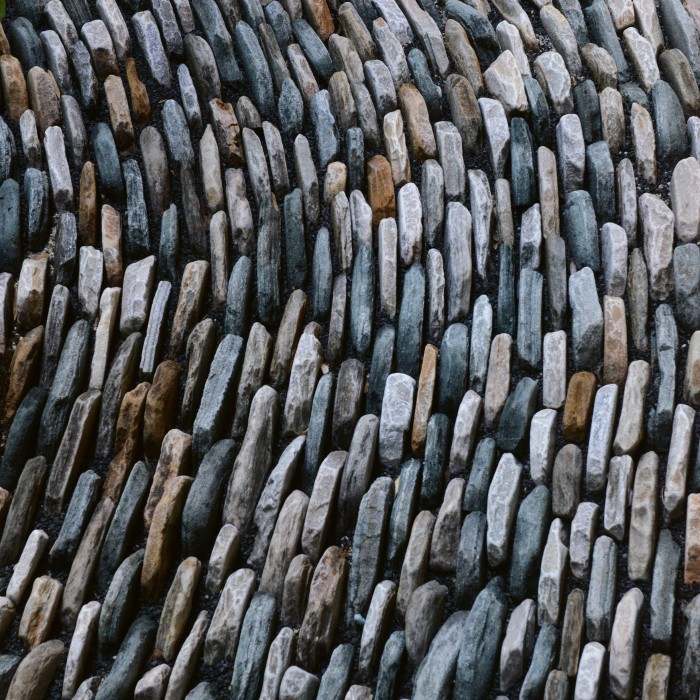
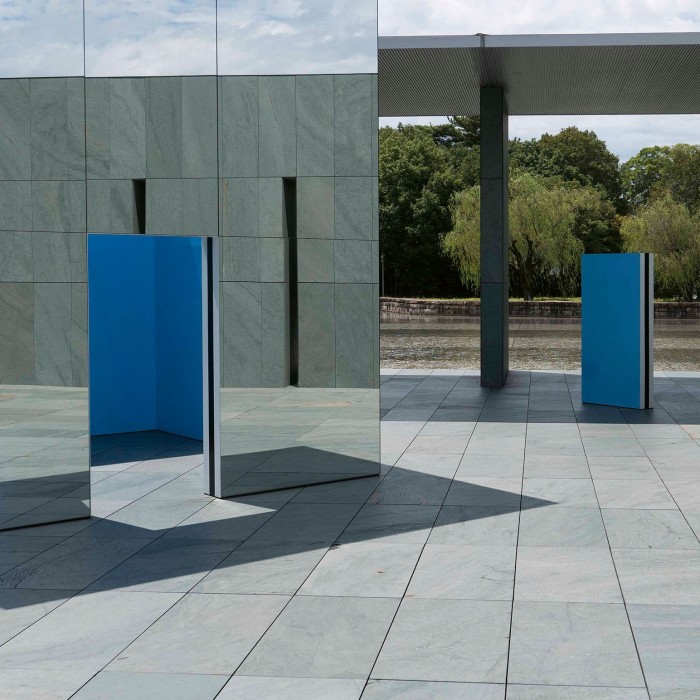
In Japan, where there is wealth, there is a garden. And where there is a garden, there is living proof of the wealth of cultural refinement.
Photographs from ‘The Modern Japanese Garden’ (Thames & Hudson, 2025). Sophie Walker is the author of ‘The Japanese Garden’ (Phaidon, 2017)


